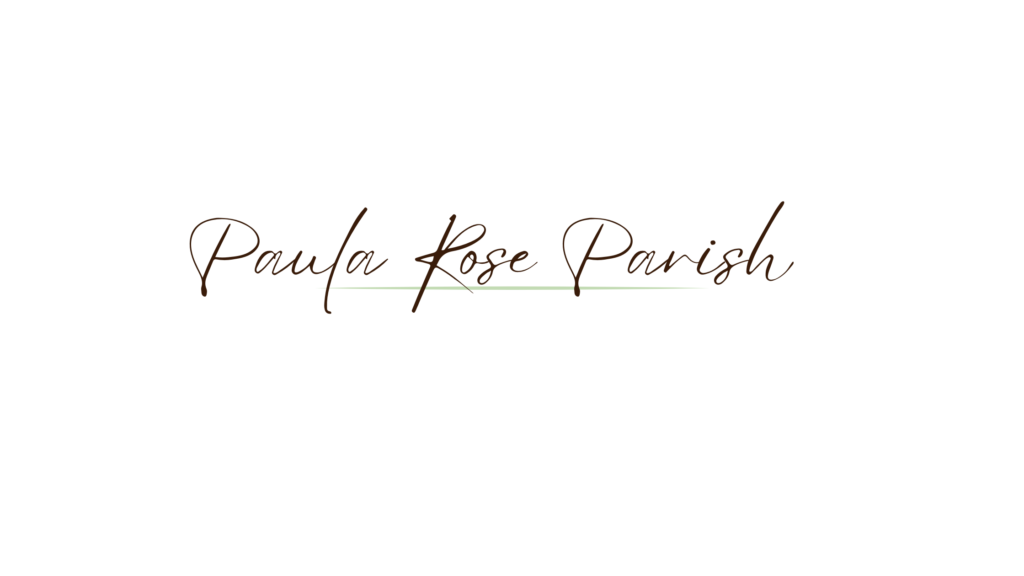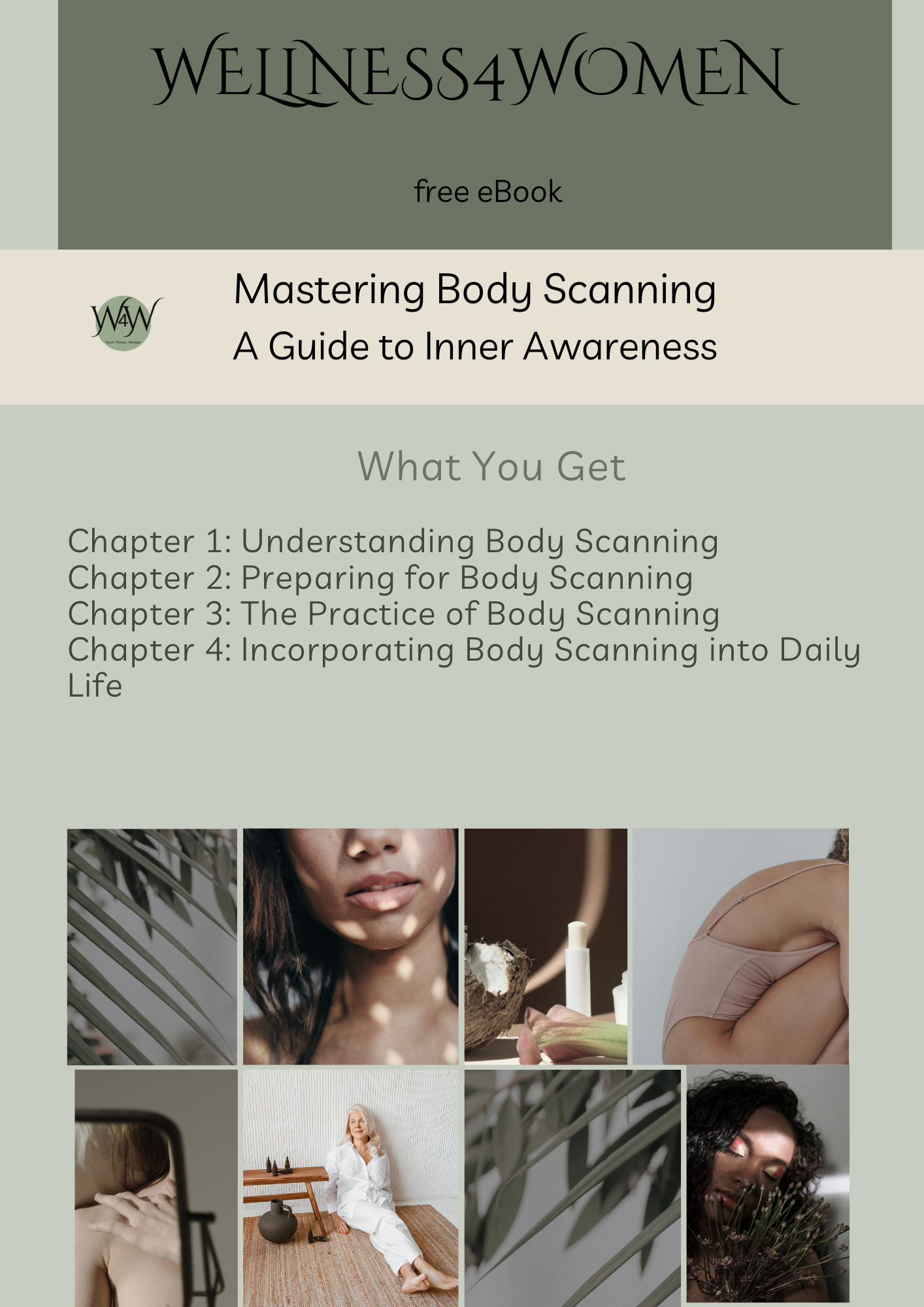What is Physical Abuse? A good question and many of us would come up with varying answers. It also leans to the question- ‘How do I know if I am Being Physically Abused?
This may be a strange subject for some people. For 15 years, I did not recognise that I was a domestic abuse victim. My spouse told me I upset him- it was my fault- and I believed him.
Not recognizing that I was being abused kept me from seeking the help I needed. Identifying physical abuse in relationships isn’t always straightforward. Abuse can take many forms, and physical abuse might start with a gentle push, a playful shove, or even a flick of the finger. Over time, these actions can escalate into more severe violence, like a hard push or a punch. Psychological abuse is often even harder to recognize and can go on for a long time before physical abuse begins.
About This Series of Blogs
This is the first instalment in a series on domestic abuse that will be shared every Wellness Wednesday. I’ll share my personal experiences and also my insights as an integrative therapist. I’m starting with the topic of physical abuse due to its urgent nature. If you find yourself in a similar situation, your safety may be at risk, and it’s crucial to take action to protect yourself.
I live in Wales UK. According to the Crime Survey for England and Wales, 2.1 million people aged 16 and over experienced domestic abuse in the year ending March 2023. This includes 1.4 million women and 751,000 men.
The police recorded 889,918 domestic abuse-related crimes (excluding Devon and Cornwall) in the year ending March 2023, a similar number to the previous year.
For the year ending March 2023, there were 51,288 domestic abuse-related prosecutions in England and Wales, compared with 53,207 in the year ending March 2022.
Recognising Physical abuse is the crucial first step toward addressing and preventing it.
By understanding the signs of abuse and knowing how to seek help, victims can access the support they need to break free from the cycle of abuse.
Physical abuse in relationships is a serious issue. Abuse has devastating effects on victims, their families, and society at large.
It is essential to understand what physical abuse is and how to recognise its signs.
There are steps you can take to address it. So, let’s dive in!

What is Physical Abuse?
Physical abuse involves the intentional use of physical force with the potential to cause injury, harm, disability, or death.
This type of abuse can manifest in various forms. This includes hitting, slapping, punching, kicking, choking, or using objects or weapons to cause harm.
It is a pattern of behaviour that can escalate over time, leading to increasingly severe harm and trauma.
Physical abuse is often part of a broader pattern of coercive control. This is where the abuser uses various tactics to dominate and manipulate the victim.
This kind of control can extend to emotional, psychological, sexual, and financial abuse. This creates an environment where the victim feels trapped and powerless.
Recognising Physical Abuse
Recognising physical abuse can be challenging. Especially when the abuser takes steps to conceal their behaviour. Or when the victim is reluctant or unable to speak out.
Here are some signs that may indicate physical abuse in a relationship:
1. Unexplained Injuries
Some might insist, “There’s no such thing as an unexplained injury,” but that perspective is incredibly narrow-minded. It took me a long time to understand that my husband was using drugs to harm me. I would often wake up with injuries, completely unaware of how they happened.
So-called ‘date rape drugs’ are drugs that have become known for their use by people who carry out spiking to rape or sexually assault someone. They include Rohypnol, GHB and GBL. There are several reasons why these particular drugs are used by people who want to commit rape or sexual assault.
– The victim frequently has bruises, cuts, burns, or fractures that they cannot explain or provide implausible explanations for.
– Injuries are often in various stages of healing, indicating repeated harm.
2. Frequent Absences or Isolation
– The victim may frequently miss work, school, or social events, often with vague or inconsistent excuses.
– The abuser may use any excuse to isolate the victim from friends, family, and support networks to maintain control.
3. Behavioural Changes
– The victim may exhibit signs of helplessness, anxiety, depression, or low self-esteem.
– They may appear fearful, on edge, or excessively submissive around their partner.
– Sudden changes in personality or behaviour. These may become withdrawn or overly secretive, which can be red flags.
4. Control Over Personal Freedom
– The abuser may control the victim’s movements, such as where they go, whom they see, and what they do, who they can contact.
– The victim may need to check in constantly with their partner. They may need to ask for permission to perform basic activities.
5. Property Damage or Threats
– The abuser may destroy the victim’s personal belongings. And commonly damage property as a means of intimidation to break down the victim’s will.
– Threats of violence, harm to pets, or other forms of intimidation can be indicators of physical abuse.
6. Medical and Health Concerns
– The victim may avoid seeking medical attention for injuries or health issues out of fear of the abuser’s reaction.
-Chronic pain, stress-related illnesses, and other health problems can result from ongoing abuse.
The Psychological Impact of Physical Abuse
The psychological effects of physical abuse can be as damaging as the physical injuries.
Victims often experience:
Post-Traumatic Stress Disorder (PTSD) Flashbacks, nightmares, and severe anxiety can be persistent issues.
Depression and Anxiety- Feelings of hopelessness, sadness, and severe anxiety are common.
Self-Blame and Guilt- Victims may blame themselves for the abuse. They may believe they did something to provoke it.
Fear and Hypervigilance- Constant fear of the abuser is a sign. And an inability to relax or feel safe can dominate the victim’s life.
Why Victims of Abuse Stay.
When my friends and family discovered that I was an abuse victim, they could not understand why I stayed. It made me feel guilty.
I almost felt re-victimised as their questioning made me feel quite stupid. They said I should have known better.
Understanding why victims stay in abusive relationships is crucial. Many factors contribute to why victims stay, including:
Fear of Escalation- Leaving an abuser can be extremely dangerous. Abusers often escalate their behaviour when they feel they are losing control.
Emotional Attachment- Victims may still care for their abuser and hope for change.
Financial Dependence- Abusers often control finances, making it difficult for victims to leave.
Social Pressure and Stigma- Societal norms and pressures can make victims feel ashamed or responsible for the abuse.
Lack of Support- Isolation from friends and family can leave victims feeling they have nowhere to turn.
Seeking Help and Support
If you or someone you know is experiencing physical abuse, it is essential to seek help. Here are the steps that can be taken:
1. Reach Out to Trusted Individuals:
Talk to friends, family members, or colleagues who can support and help create a safety plan.
2. Contact Professional Services:
Domestic violence hotlines, shelters, and counselling services can offer immediate assistance and long-term support.
3. Medical Attention: Seek medical care for injuries and document them, which can be crucial for legal action.
4. Legal Action:
Take legal action. Obtain a restraining order or protective order against the abuser. Consult with legal professionals about your rights.
5. Plan for Safety: Develop a safety plan. Including a safe place to go, emergency contacts, and a bag packed with essentials. We will unpack this step in future posts, so make sure you subscribe to get it when I publish it.
Conclusion
Recognising physical abuse in relationships is the first step towards addressing and preventing it.
By understanding the signs and knowing how to seek help, victims can find the support they need to break free from the cycle of abuse.
Society as a whole must also work towards creating an environment where abuse is not tolerated. And where victims feel empowered to speak out and seek the assistance they need.

Ending physical abuse requires collective caring, awareness, education, and action. So let’s support each other!
I hope these strategies are helpful to you.
Ensure you subscribe- it’s free. Ensure you subscribe- it’s free. We advocate preventive, holistic care, particularly for women over 50.
I




Thinker Pedia I truly appreciate your technique of writing a blog. I added it to my bookmark site list and will
Thanks so much!
I loved as much as you will receive carried out right here The sketch is tasteful your authored subject matter stylish nonetheless you command get got an edginess over that you wish be delivering the following unwell unquestionably come further formerly again as exactly the same nearly very often inside case you shield this hike
Sky Scarlet naturally like your web site however you need to take a look at the spelling on several of your posts. A number of them are rife with spelling problems and I find it very bothersome to tell the truth on the other hand I will surely come again again.
I use british english- it is all correct
[…] Yet, you recognize that you’ve got to stay strong so you can be there for your friend. Sadly, domestic abuse is a common […]